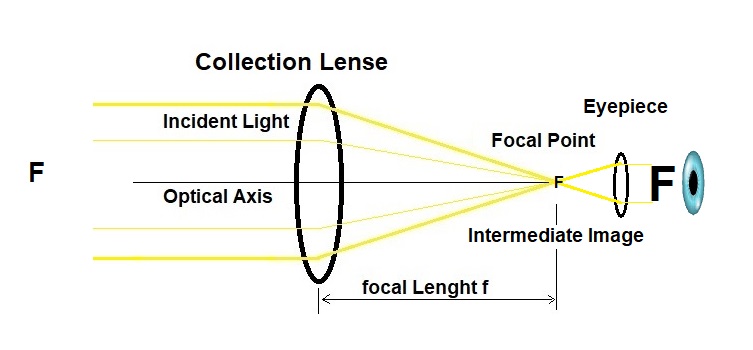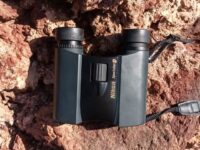The magnification of binoculars is the factor by which an object appears larger and closer. The magnification is an important parameter when choosing which binoculars are the most suitable for an intended area of application. But what is the best magnification in binoculars?
Although almost any magnification can theoretically be achieved, there are practical limits that are determined by the physics of light.
Binoculars Magnification Explained
The magnification of binoculars and their optical performance depend on a number of factors determined by optical laws. In particular, the diffraction and refraction of light and how light behaves when it moves through different media.
What Does Magnification On Binoculars Mean?
In binoculars, magnification means the factor by which an observed object appears enlarged.
For example, if you look through 8×42 binoculars, the viewed object appears 8 times larger (or closer) than if it would only be viewed with the naked eye.
How To Calculate The Binoculars Magnification
The magnification or “power” results from the ratio of the focal length of the objective to the focal length of the eyepiece.
The magnification results from the ratio of the focal length of the objective to the focal length of the eyepiece.
The calculated quotient indicates how many times an image appears enlarged.
In the example below this would be: 240mm/24mm = 8

How do Binoculars Magnify
For an optical system to have magnifying properties, it needs two basic components. An objective lens and an eyepiece lens.
-
Objective Lens
In binoculars, the objective lens is at the side of the binoculars facing the object to be observed. The objective lens collects incident light and focuses it at a focal point. The lens is also called collimator lens, convex lens or positive lens, or simply, Collection Lens.
The second value for the binoculars rating i.e. 8x42 refers to the diameter of the lens in mm (Aperture). A larger diameter allows more light to be collected and results in a brighter image.
The projected image at the end of the focal length at the focal point is called the “intermediate image”.
-
Ocular
The eyepiece (ocular) is the part of the binoculars you look into. It enlarges the intermediate image displayed by the lens and lets the distant object appear larger and closer for the observer.

So for the magnification of the binoculars, only the eyepieces are responsible. By exchanging eyepieces with different focal lengths, you can increase the magnification arbitrarily. At least theoretically, practically one quickly reaches the limits of a sensible magnification determined by the laws of optics.
Magnification alone is not what stands for the quality of binoculars. Just as important to produce bright, color-true, and crisp detailed images are the resolution and the twilight performance.
These qualities depend on the lens diameter, the optical glass used, the coating of glass surfaces, the overall quality, and the clever combination of the optical components.
Which is the best magnification for binoculars?
While a strong magnification has its obvious advantages of seeing things close up and in detail, there are also a few cons.
The disadvantage of a strong magnification is the decrease of the field of view and the associated difficulty to keep the binoculars steady and to keep shake at a minimum. Strong magnification instruments must be mounted on a tripod.
For nature or wildlife observations with handheld instruments, a magnification power of 12 or less is the most practical.
You have noticed that the majority of binoculars come in magnifications of 8x and 10x power.
What is the strongest magnification for binoculars?
The magnification of an optical instrument can theoretically be increased arbitrarily, by altering the objective and eyepiece focal lengths. However, the disadvantages will quickly outweigh the benefits.
Some fixed magnification models from 16x to 18x or even more are available. But these magnifications are not always practical in hand-held instruments and are used for specific observations.
Zoom binoculars have adjustable magnifications ranging from 10x to 60x. In those you can adjust the magnification should higher power be needed. But most of the time, you will probably use these too with magnification in a more practical range.
Summary binoculars magnification
Power or magnification indicates how many times the viewed object appears nearer. A power of 10x lets objects that are 1000 yards away appear as if they were only 100 yards away.
The most popular are binoculars with 8x and 10x magnification.
Magnification is the quotient of the focal length of the objective lens and the focal length of the eyepiece. Even if theoretically you can achieve any magnification, practically there are limits.
Because of the laws of optics, there is a “best magnification” the one that’s just perfect for the specific optical instrument and the combination of its parts.

